Using SOP Fertilizer to Reduce Lodging Risks in Rice Crops
Rice cultivation is one of the most vital agricultural practices worldwide, but lodging—the bending or falling over of rice plants—remains a significant challenge. Lodging can reduce grain quality, decrease yield, and complicate harvesting. Incorporating SOP fertilizer to reduce lodging risks in rice crops has proven to be an effective strategy for strengthening plants and enhancing agricultural outcomes.
Lodging occurs due to weak stems or roots and external factors such as wind, heavy rain, or over-irrigation. It not only impacts yield but also increases the risk of fungal infections and reduces photosynthesis efficiency. Strengthening the plant’s structural integrity is essential to minimize these risks, and SOP (Sulfate of Potash) fertilizer plays a pivotal role in achieving this.
Why SOP Fertilizer is Effective
SOP fertilizer is rich in potassium and free from chloride, making it ideal for crops sensitive to saline environments. Potassium is critical for plant metabolism, improving stress tolerance and contributing to the development of strong, upright stems. When applied to rice crops, SOP fertilizer reduces lodging risks by enhancing structural integrity and water management capabilities within the plant.
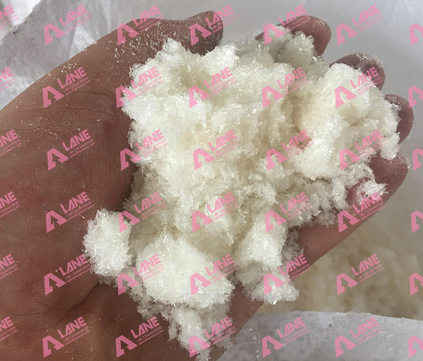
Key Benefits of SOP Fertilizer for Rice Crops

Sulphate of Potash Production Line Equipment
- Improved Stem Strength
- Potassium in SOP promotes the synthesis of cellulose, a vital component of cell walls, leading to sturdier stems capable of resisting lodging.
- Enhanced Root Development
- Potassium boosts root growth, anchoring plants more firmly in the soil and mitigating the impact of external stressors like wind or rain.
- Efficient Water Management
- SOP aids in regulating water uptake, reducing the risk of waterlogging and its contribution to lodging.
- Chloride-Free Composition
- Unlike other potassium fertilizers, SOP contains no chloride, which can be harmful to rice crops, especially in saline-prone regions.
Application of SOP Fertilizer to Reduce Lodging Risks in Rice Crops

Optimal Application Timing
- Before Planting
- Incorporate SOP fertilizer into the soil to create a potassium-rich environment that supports early root and stem development.
- Tillering Stage
- Applying SOP during this growth phase helps strengthen new tillers, ensuring they can withstand physical stress.
- Panicle Initiation Stage
- Adequate potassium during this phase supports the formation of sturdy panicle stems, reducing the likelihood of top-heavy plants bending.
Recommended Application Rates
The exact dosage of SOP fertilizer to reduce lodging depends on soil tests and local agricultural guidelines. However, typical recommendations include:
| Growth Stage | SOP Fertilizer Rate | Application Method |
|---|---|---|
| Pre-planting | 30-50 kg/ha | Soil incorporation |
| Tillering | 40-60 kg/ha | Topdressing |
| Panicle Initiation | 30-40 kg/ha | Foliar spray or soil application |
Adjust rates based on soil nutrient analysis.
Complementary Practices to Enhance SOP Effectiveness
- Balanced Nutrition
- Combine SOP with nitrogen and phosphorus fertilizers to maintain balanced plant growth and avoid nutrient deficiencies.
- Proper Irrigation Management
- Avoid over-irrigation, as waterlogged conditions weaken roots and increase lodging risks.
- Use of Resistant Varieties
- Planting rice varieties bred for lodging resistance can amplify the benefits of using SOP fertilizer to reduce lodging risks in rice crops.
Case Study: SOP Fertilizer in Action
Scenario

rice farm
A rice farm in a high-wind region of Southeast Asia experienced significant yield losses due to lodging. The farmer incorporated SOP fertilizer to reduce lodging into their crop management plan.
Outcomes
| Parameter | Before SOP Application | After SOP Application |
|---|---|---|
| Lodging Incidence (%) | 40 | 12 |
| Yield (kg/ha) | 4,200 | 5,100 |
| Harvesting Efficiency | Reduced due to fallen crops | Increased significantly |
Results: SOP fertilizer strengthened stems and improved overall plant health, substantially reducing lodging risks and increasing yields.
Environmental Advantages
Using SOP fertilizer to reduce lodging risks in rice crops also offers environmental benefits:
- Reduced Fertilizer Runoff
SOP minimizes the risk of chloride pollution, protecting surrounding water bodies. - Improved Soil Health
Potassium in SOP enhances soil fertility without the adverse effects associated with chloride-based fertilizers. - Sustainable Crop Management
By reducing lodging, SOP promotes efficient resource use and minimizes post-harvest losses.
Conclusion
Lodging is a significant concern for rice farmers, but incorporating SOP fertilizer to reduce lodging risks in rice crops offers an effective solution. By strengthening stems, enhancing root systems, and ensuring efficient nutrient uptake, SOP improves crop resilience against environmental challenges.
Farmers who integrate SOP into their rice production practices benefit from increased yields, better crop quality, and improved sustainability. Investing in chloride-free SOP fertilizer not only meets the nutritional needs of rice but also supports a more resilient and productive agricultural system.
Latest Articles & Tips
More-
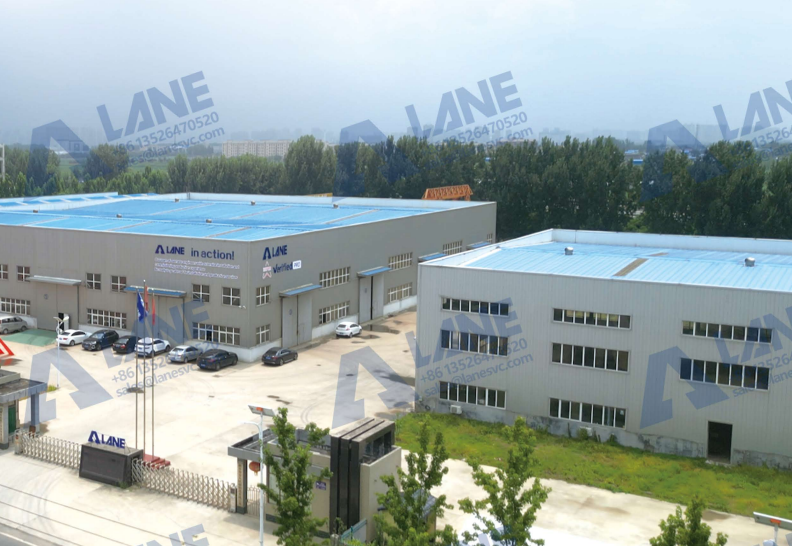
03/14
OEM Fertilizer Equipment Manufacturing: Custom Solutions for Your Production Needs
read more -
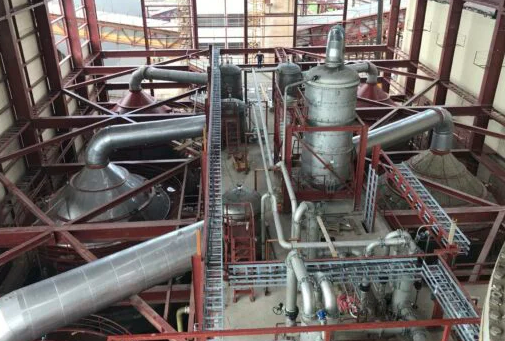
02/27
Fertilizer Granulation for DAP and MAP: Enhancing Efficiency in Fertilizer Production
read more -
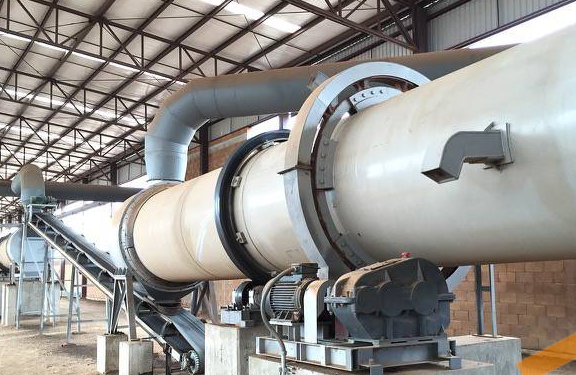
02/27
Fertilizer Production Solutions: Optimizing Efficiency and Sustainability in Fertilizer Manufacturing
read more -
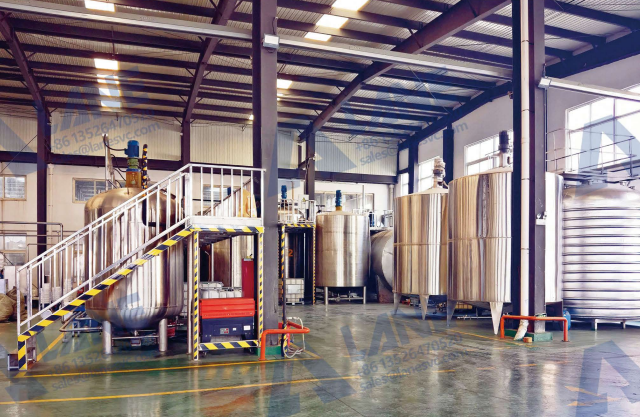
02/13
Chemical Fertilizer Production Line: Enhancing Agricultural Productivity with Precision Manufacturing
read more



Send a message to us